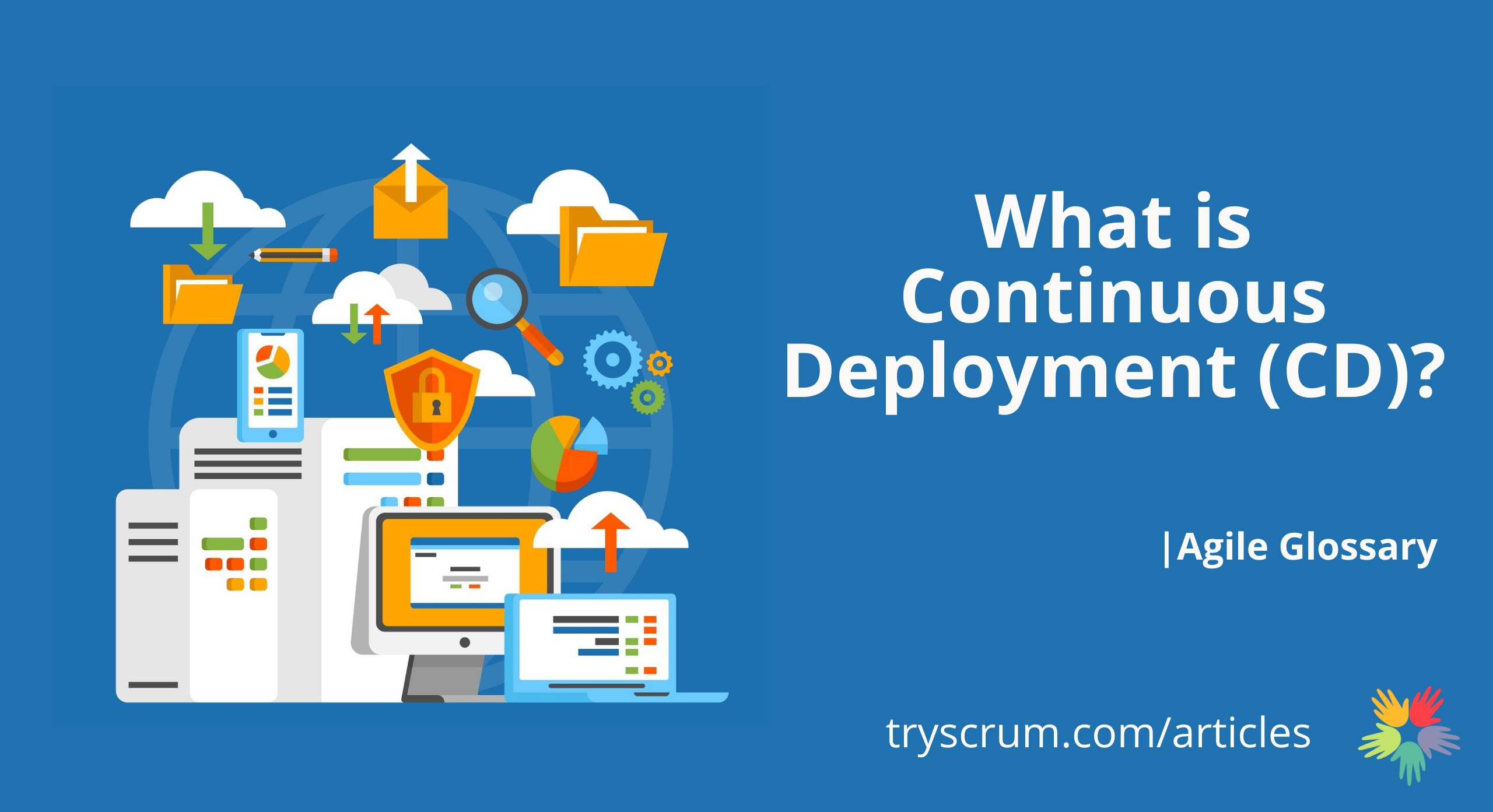
February 17, 2025
What is Epic in Agile?
In Agile project management, an epic is a sizable body of work that can be divided into smaller tasks known as user stories. These user stories represent specific functionalities or features from the end-user’s perspective. Epics serve as a bridge between overarching business objectives and the actionable tasks that development teams undertake.
Role of Epics in Agile Framework
Within the Agile environment, epics provide a structured approach to managing extensive projects. They encapsulate a broad goal or feature set, which is then broken down into user stories. This decomposition allows teams to deliver value incrementally, ensuring that each component aligns with the overall strategic vision.
Example of an Epic
Consider a company aiming to enhance its mobile application by introducing a new user authentication system. The epic, in this case, would be “Implement New User Authentication System.” This epic would be divided into user stories such as:
User Story 1
As a user,
I want to log in using my email and password
so that I can access my account securely.
User Story 2
As a user, I want the option to reset my password if forgotten, ensuring continuous access to my account.
User Story 3
As a user, I want to enable two-factor authentication for added security.
By breaking down the epic into these user stories, the development team can tackle each functionality in manageable segments, facilitating iterative progress and continuous feedback.
Benefits of Utilizing Epics
Enhanced Organization
Epics help in structuring the product backlog by grouping related user stories, making it easier to manage and prioritize work.
Strategic Alignment
They ensure that the development work remains aligned with the broader business goals and objectives.
Improved Flexibility
By decomposing epics into smaller stories, teams can adapt to changes more readily, incorporating feedback and adjusting priorities as needed.
Conclusion
For Agile and Scrum course learners, understanding epics is crucial. They provide a framework for organizing work, ensuring that development efforts are both manageable and strategically aligned. Mastering the use of epics enables teams to deliver value consistently and respond effectively to evolving user needs.




